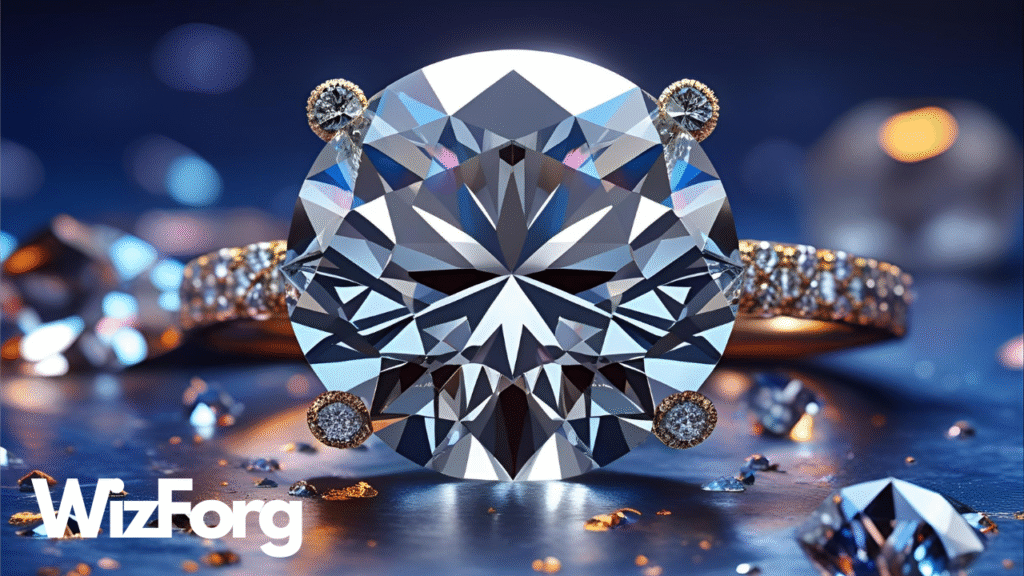Diamonds have long been seen as symbols of love, luxury, and everlasting beauty. But here’s a surprising truth: they aren’t rare. Despite their reputation as one-of-a-kind treasures, the global diamond supply is far larger and more controlled than most people realize. So why do we still pay thousands for them?
The Myth of Rarity
One of the biggest reasons diamonds are considered rare is that’s what we’ve been told for decades. In reality, diamonds are found in significant quantities in countries like Russia, Botswana, Canada, and South Africa. They’re not scattered gems dug up one by one—they’re mined by the millions of carats each year.
What gives the illusion of rarity is market control. For most of the 20th century, De Beers, a powerful diamond company, dominated the global supply. They controlled the release of diamonds to the market, creating artificial scarcity. This tight control made diamonds seem rare, even though they weren’t.
Marketing Made the Diamond
In the 1940s, De Beers launched a campaign that would forever change the jewelry industry: “A Diamond Is Forever.” This slogan, paired with the idea that you should spend two months’ salary on an engagement ring, created a powerful emotional link between diamonds and romance.
The result? Diamonds became the default symbol of marriage proposals. And the idea stuck. For generations, people haven’t just wanted diamonds—they’ve felt expected to buy them.
Supply Is Controlled, Not Limited
Even today, diamond companies employ selective supply to maintain high prices. Most mined diamonds aren’t sold all at once. Instead, they’re stored, released gradually, and sorted based on quality and demand. This helps stabilize prices and protect profit margins.
In other words, while the Earth has plenty of diamonds, we only see what the industry allows us to see.
Natural vs. Lab-Grown Diamonds
Adding to the confusion is the rise of lab-grown diamonds. These stones are chemically and visually identical to natural diamonds, but they are produced in a controlled laboratory environment. They cost significantly less, challenging the idea that diamonds must be expensive.
And this has exposed a truth the industry doesn’t always like to admit: a diamond’s value isn’t in its natural origin—it’s in what people are willing to pay.
The Emotional Price Tag
Ultimately, the cost of a diamond isn’t just about supply and demand. It’s about marketing, tradition, and emotional value. We don’t just buy diamonds—we buy what they represent: love, status, commitment.
So, while diamonds aren’t truly rare, their price remains high because the story behind them is priceless to many.
Like learning the truth behind luxury goods and global trade myths?
Visit Wizforg.com for more in-depth explorations of the fascinating world of global culture and consumer behavior.



